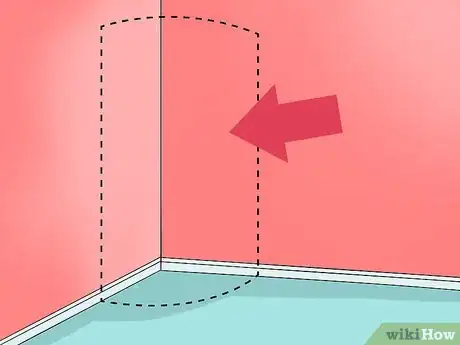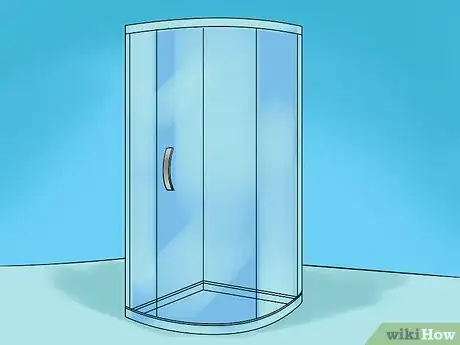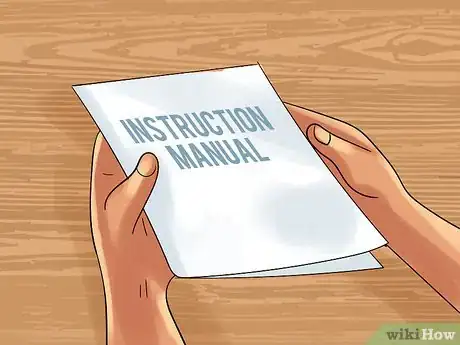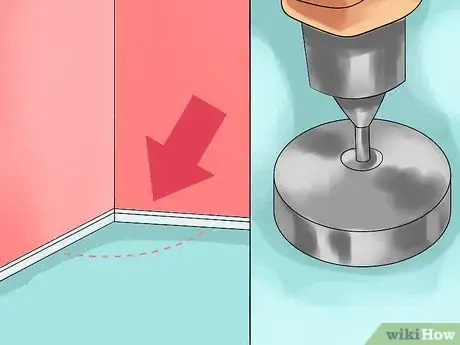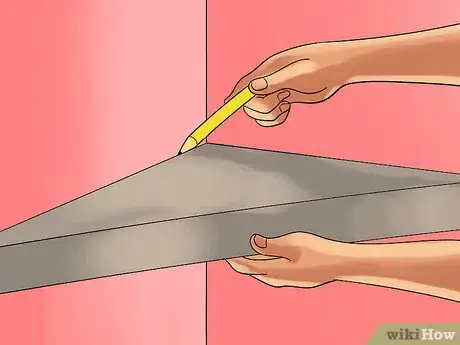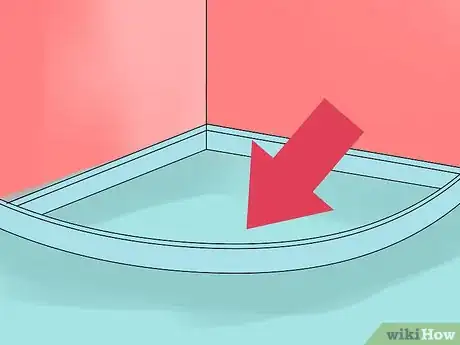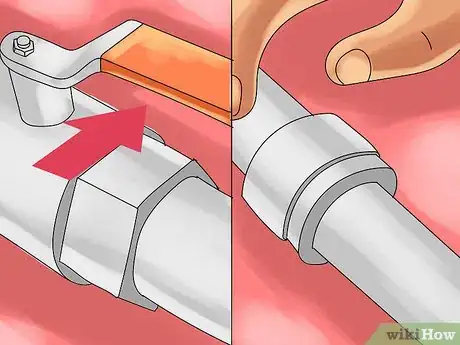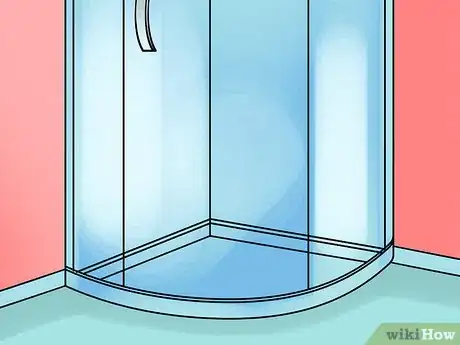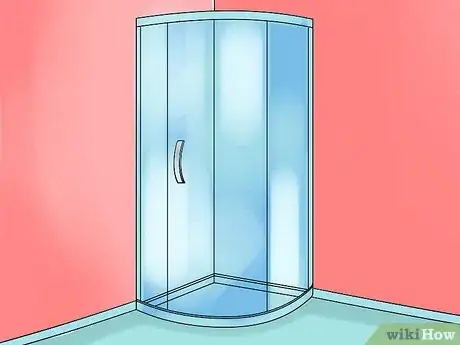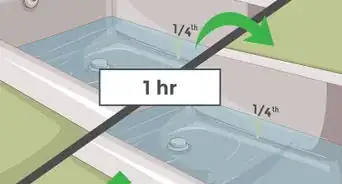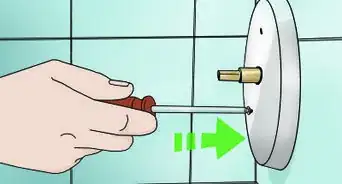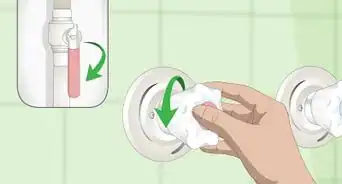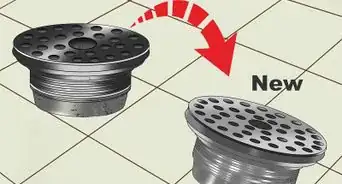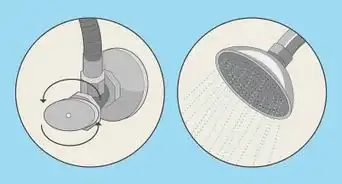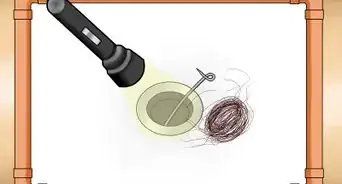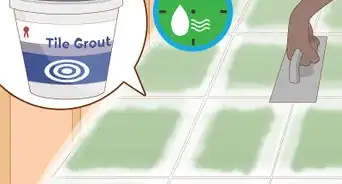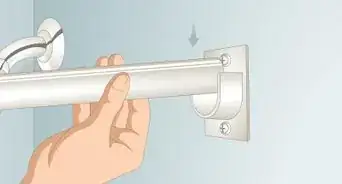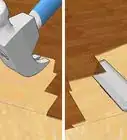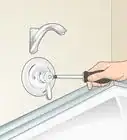This article was co-authored by Dave Jones. Dave Jones is a Professional Plumber and the Midwest Regional Vice President at Roto-Rooter Plumbing & Water Cleanup. In 1992, Jones joined Roto-Rooter as a drain service technician at the age of 18. Since then, he has risen through the ranks into positions of increasing authority. Dave served as general manager of Roto-Rooter’s Charlotte, North Carolina, and Atlanta, Georgia branches before being promoted to Contractor Area Manager and later to Regional Vice President. Dave holds Master Plumber Licenses in Pennsylvania, North Carolina, and Georgia.
This article has been viewed 142,604 times.
Many homeowners are opting for the addition of a shower stall as a functional alternative to a full bathtub. Plumbing and carpentry skills are required to successfully install a shower stall. Always follow manufacturer's instructions and seek consultation from professionals if necessary. If you're renovating a bathroom, or planning a new addition to your home and you're ready to install a shower stall, there are a few steps you must follow.
Steps
Planning and Organizing
-
1Determine the ideal location. Whether you're installing a shower stall to save space in a new bathroom, or to replace a tub, the stall should be located in proximity to hot and cold water pipes, an it must be able to have access to your drainage pipes.
-
2Decide on the type of stall. A quick search on the Internet or a walk through the plumbing aisles of a home improvement store will reveal the many different kinds of shower stall on the market. A wide variety of options are available, including those with features such as a bench for sitting inside the stall, shapes ranging from rectangles to semi-circles, and sizes to fit any need. That said, there are also a few specific varieties, and the differences between them can impact the installation process.[1]
- Single-piece prefabricated showers are complete units, usually made of fiberglass or acrylic. They tend to be more expensive than other shower stall sets, and some also claim that they can be more difficult to install. As you could probably guess, the complete unit can be a bit bulky, and for that reason difficult to carry through doorways or up stairs. On the plus side, they tend to be solidly constructed and easier to clean.
- Interlocking multi-piece units will usually come in a set of four to six large pieces, including the shower pan (the base area where you would stand in the shower and that connects to the drain), wall coverings (for the side(s) where the unit will be mounted along the bathroom wall), side sections (that will not be placed along the bathroom wall), and a door. Quite a few of these kits are considered easy to assemble, and they generally cost much less than single-piece units.
Advertisement -
3Purchase materials. There is an extensive list of materials that will have to be acquired in order to complete this project. Here is a partial list.
- Plumbing pipes and fittings. Not only do you need to make sure that you have enough pipe, you must also be certain to obtain the appropriate parts that will allow you to connect the new pipes to existing ones.
- Shower unit/kit.
- Waterproof caulk/sealant. It is probably best to obtain a silicone-based sealant or caulk, a variety known for their resistance to water.
- Tools, such as wrenches and screwdrivers.
-
4Read the instructions that come with your shower unit or kit. While some provide very little detail, most will include instructions that explain how the shower will fit into place. Even those that don't directly explain the process you must follow will certainly suggest what prerequisites are required for installation.
Installing the Shower
-
1Clear and prepare the intended shower site. It may be preferable to remove bathroom tiles or other floor coverings and install the shower directly on the base of the floor itself. You must also identify the appropriate location for the drain hole--measure the shower pan to determine the location--and cut a hole through the floor.
- If your plumbing is coming through a wall and not, say, a basement area in which the pipes are exposed, you must tear out the portions of the wall. Obviously, this must be one of your first steps.
-
2Build a frame to support the stall (if applicable). Some shower kits will require that you build a structure to support the shower pan or even brace a whole prefabricated unit. Oftentimes the unit will have to be screwed into place, and so you must build the required structures that will allow you to do so.[2]
- For some units, at least some of the frame building will have to be completed after the shower stall has been put into place. Read the instructions carefully.
- Some multi-piece shower kits come with a kind of frame that will be used to hold up the sides. Again, go through the instructions that came with your kit before you install in order to determine how your shower stall will fit into your bathroom.
-
3Install the shower pan/prefabricated unit. Slide the pan or unit in place and attach it using screws. [3]
-
4Install the plumbing (if you have not already done so). For some installations, this may have been the first task that was required. For others, it should be near the end. Follow these steps:
- Turn off the main water supply.
- Utilizing traditional plumbing methods, run hot and cold pipes to correspond with the holes for faucet handles in the shower stall. Attach the correctly threaded extension piping for the shower head, using thread seal tape and a pipe wrench. Install the faucet handles and the shower head. Turn the main water supply on and check for leaks.
- Connect the drainage lines. Secure the drain pipe with the drain kit (that either came with the unit or was purchased separately). The drain should be sealed with plumber's putty and tightened into place to prevent leakage. (For more on plumbing a bathroom, see guides here and here.)
-
5Install the sides of the shower stall (if applicable). Shower kits with multiple pieces will require this step, but it is one that really can be delayed until the project is nearly complete. If you don't want to work on plumbing inside of a tiny shower stall, chose to leave this step for the end.
- For some kits, the side mounted to the wall will have to be screwed into place, while others just recommend that your use heavy duty caulk. Keep this in mind when purchasing your sealants, as some can also be used as adhesives.
-
6Finish the project. Cover any exposed framing with water-resistant drywall and seal all seams that will be exposed to water with the silicone-based caulk. Texture and paint as desired. Attach the shower door or curtain.
Community Q&A
-
QuestionHow long does it take to install a shower stall?
 Community AnswerPlan on at least a full day, sometimes more if you're inexperienced.
Community AnswerPlan on at least a full day, sometimes more if you're inexperienced. -
QuestionDoes a one-piece shower stall need a shower pan?
 Community AnswerNot if it has one of its own. If it doesn't, then it's just a one-piece "surround" or "enclosure," and you will absolutely need a shower pan and the rest of the shower floor.
Community AnswerNot if it has one of its own. If it doesn't, then it's just a one-piece "surround" or "enclosure," and you will absolutely need a shower pan and the rest of the shower floor. -
QuestionWhat type of shower is the easiest to keep clean?
 Community AnswerPlastic. No grout lines, no caulk, and no leaks. Just don't put anything metal on the shelves that rusts - sometimes only sanding can remove those marks.
Community AnswerPlastic. No grout lines, no caulk, and no leaks. Just don't put anything metal on the shelves that rusts - sometimes only sanding can remove those marks.
Things You'll Need
- Variable speed drill and screws
- Tape measure
- Level
- Framing lumber (if applicable)
- Thread seal tape
- Pipe wrench
- Water resistant drywall
- Silicone
References
- ↑ http://homerenovations.about.com/od/bathrooms/a/artdefineprefab.htm
- ↑ http://www.bobvila.com/sections/tv-shows/projects/31-ranch-expansion/episodes/372-framing-the-porch-and-installing-a-shower/videos/1157986125001-shower-stall-installation#.VIhYTzHF-Sp
- ↑ https://www.youtube.com/watch?v=wdO_q4oXPyM
About This Article
To install a shower stall, start by clearing the area and drilling a hole in the floor for the drain. Then, build a frame to support your shower tray according to the instructions of your shower kit. After the frame is ready, slide the tray into position and screw it in place. Next, turn off the water supply before installing hot and cold water pipes. Once the plumbing is done, cover any exposed parts of the frame with water-resistant drywall and seal seams or cracks with silicon-based caulk. Finally, install the sides of the stall if required. For tips on how to decide on a location for your shower and which type of stall to choose, read on!
